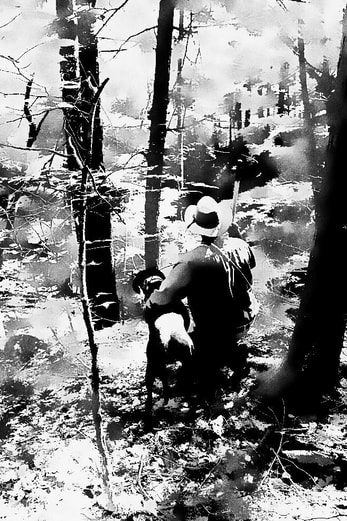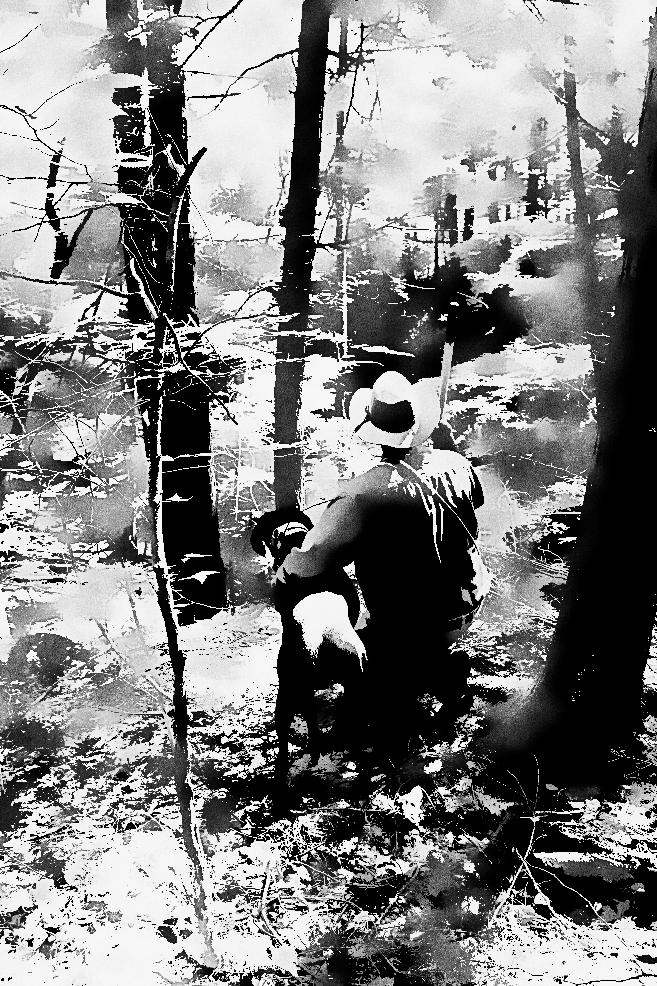 Self-publishing your book is fine as long as it doesn’t look like it was self-published; i.e., your manuscript must look just as professional as a traditionally published book, and that will require nearly every author to seek help. There are many terms when it comes to editing, and some are used interchangeably, although they probably should not be. You’ll hear terms like “line-by-line editing.” (And then ask yourself, isn’t every type of editing accomplished line by line? Answer: yes--each form of editing goes line by line.) For the purposes of this blog, I’ll define these following terms, for the various types of editing, and I’ll stick primarily within the context of adult fiction. Getting Your Story Right Content (sometimes called Developmental) Editing: this form of editing is looking a plot development—logical flow, gaps, scene, inconsistencies, and the structure of those scenes. It also looks at character development, dialogue, and historical accuracy (where appropriate). Yes, you can pay professionals (upwards to $3-$4/page—where a page is double spaced, 12 font, Times New Roman) to look at your manuscript (ms), but you may also work with a local or online writing group, or even have some trusted “beta readers" you know who have certain expertise to help with the content development of your ms. Onto Copy Editing Once you have your story down, you’ll need to contact a professional copy editor. A good copy editor is worth their weight in platinum. These folks are the ones who understand the nitty gritty of grammar, spelling, capitalization, punctuation, and the bazillion nuances and arcane rules of style. An important upfront note here: the copy editor’s job is to point out errors, inconsistencies, or inaccuracies, but ultimately, it’s the author who must make the decision to accept (or refuse) the advice of the copy editor. Most (American) fiction will follow the Chicago Manual of Style (CMOS)--which could choke a horse! (My 16th edition (the 17th edition is out now) of CMOS is 1027 pages!) Once you establish a working relationship with your copy editor, you’ll likely hold onto her or him for a very long time. Note: if you’re like me, using the same copy editor across a series can have additional benefits as the copy editor might point out inconsistencies between books, not just within your current novel. (Mine did.) Professional copy editors may or may not have some professional certification, but if they don’t, you’ll need to verify their credential in some other way. My fabulous copy editor, Joyce Mochrie, is certified, and you can contact her at https://onelastlookcopyedits.com/ to see if you can get on her schedule. Types of Copy Editing Amy Einsohn, in her book, The Copyeditor’s Handbook, 3rd edition, defines three levels of copy editing as light (some call this proof editing), medium, and heavy. I’ll generally use Ms. Einsohn’s framework to describe the various levels. All forms of copy editing deal with correcting grammar, spelling, punctuation, and capitalization. Where the levels of copy editing begin to differentiate is in their review of an author’s language usage and review of the ms’s content. All levels of copy editing would point out incorrect word usage (e.g., you wrote "further" when you meant "farther"), but actual sentence structure--how you built the sentence--comes under different levels of correction: Light copy editing might point out a given sentence as awkward but offer no suggestions for improvement. Medium copy editing would also identify the awkward wording but offer possible suggestions. Heavy copy editing would of course identify the awkward sentence, but actually make a suggestion on how to re-word the sentence so it’s no longer a problem. Further, over-use (i.e., over-repetition) of words or phrases in close proximity are something a good medium to heavy copy edit should point out as well. There is also some content review in copy editing as well. Light copy editing would catch factual inconsistencies within the ms. Medium copy editing would point out errors of fact, provide reference material to support the copy editor's concern, and then turn the work over to the author to fix. In heavy copy editing, the copy editor would identify the error, reference the research, and fix the mistake while always letting the author know what changes and why those were made). Cost of Copy Editing How much for a medium to heavy copy edit? Expect to pay from $3-3.50/page. In my opinion, it's well worth the cost to make sure you put your best foot forward for your readers. And for those who are hoping to self-publish and then get discovered by a literary agent for traditional publishing, again, you want to look like the professional author a literary agent would want to sign. Final Note About Typesetting Yes—you can have a great story, wonderful characters and dialogue, and the grammar spotless—and still end up with an unprofessional-looking book. How your words look on the page of your book ideally is the work of the typesetter—we’ll talk about that later—but understand that typesetting is generally beyond the scope of a copy editing.
0 Comments
Your comment will be posted after it is approved.
Leave a Reply. |
Categories
All
|
- Ryland Creek
- About The Ryland Creek Novels
- Buy the Ryland Creek Saga: Print Books
- Buy the Ryland Creek Saga in E-Book
- The Ryland Creek Saga in Audiobook
- Blog: In a place called Painted Post
- Reader Reviews for The Ryland Creek series
- Meet the Author:Joseph Gary Crance
- An Ode to Painted Post
- The Magical Realism of the Ryland Creek Saga
- Other local authors
- Contact
- Leave A Reader Review
- Ryland Creek
- About The Ryland Creek Novels
- Buy the Ryland Creek Saga: Print Books
- Buy the Ryland Creek Saga in E-Book
- The Ryland Creek Saga in Audiobook
- Blog: In a place called Painted Post
- Reader Reviews for The Ryland Creek series
- Meet the Author:Joseph Gary Crance
- An Ode to Painted Post
- The Magical Realism of the Ryland Creek Saga
- Other local authors
- Contact
- Leave A Reader Review

 RSS Feed
RSS Feed